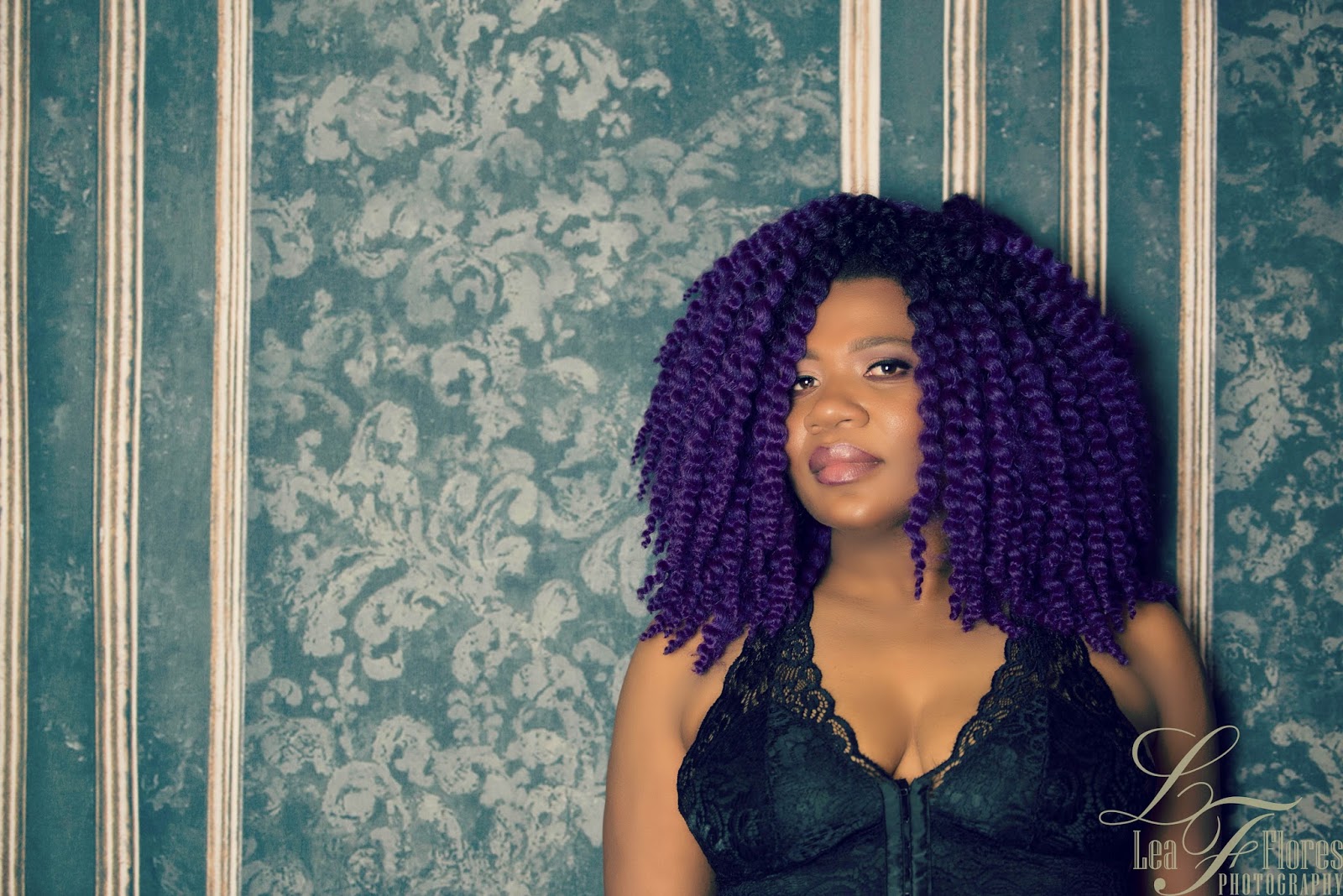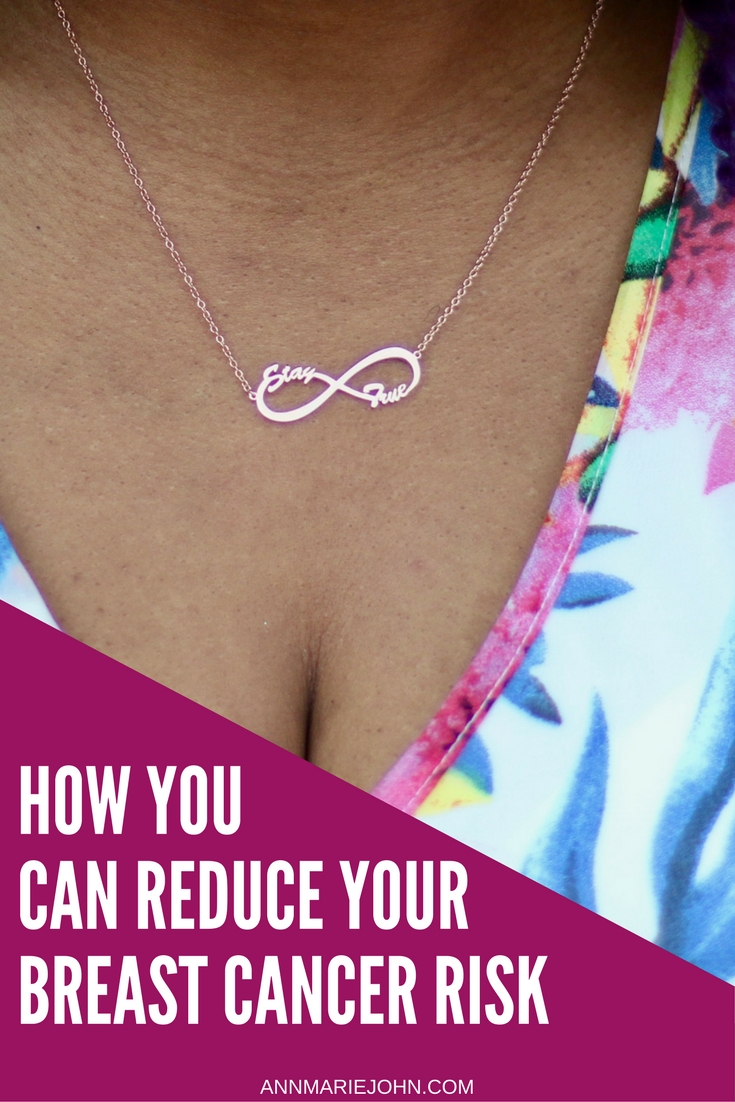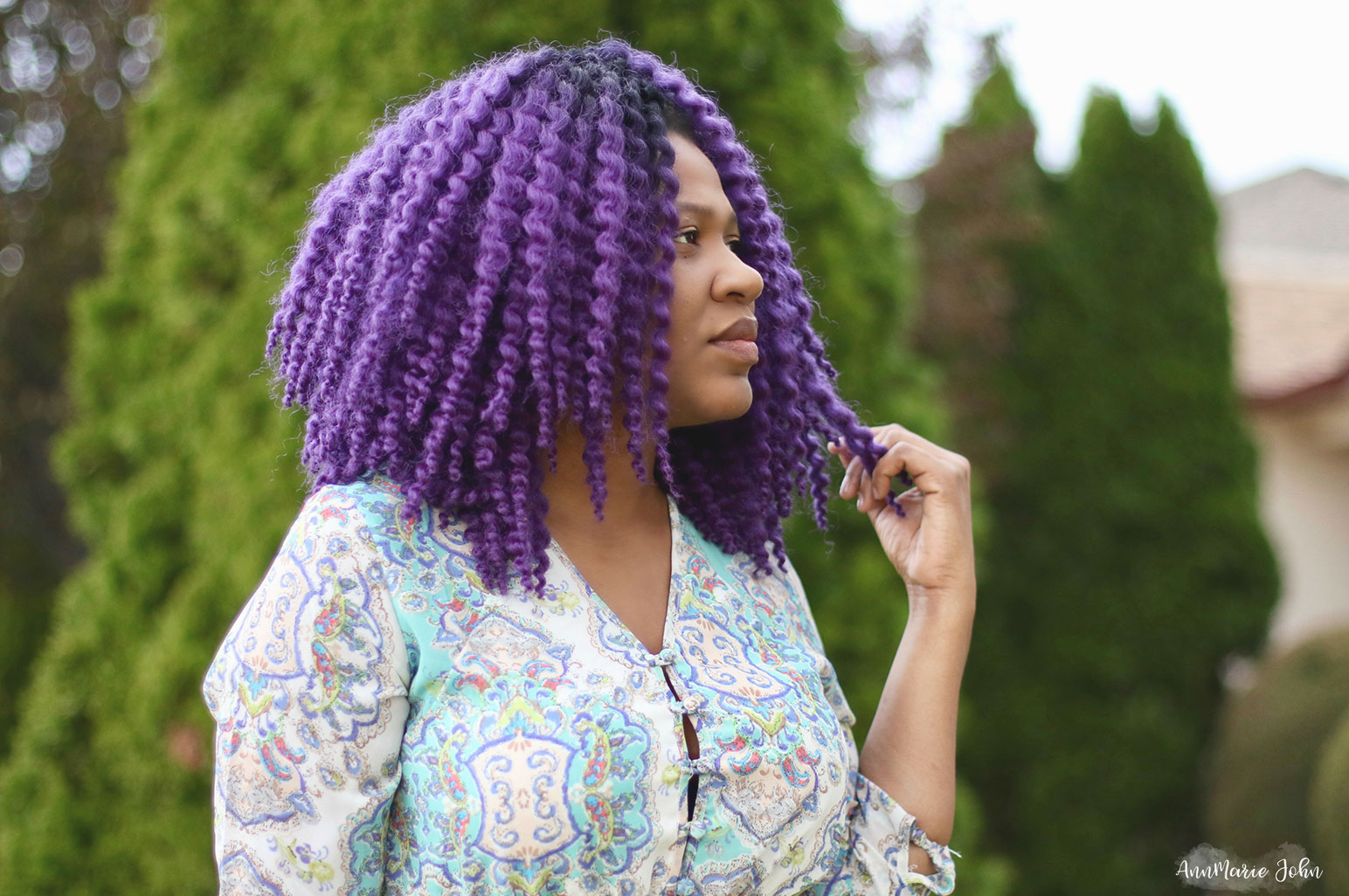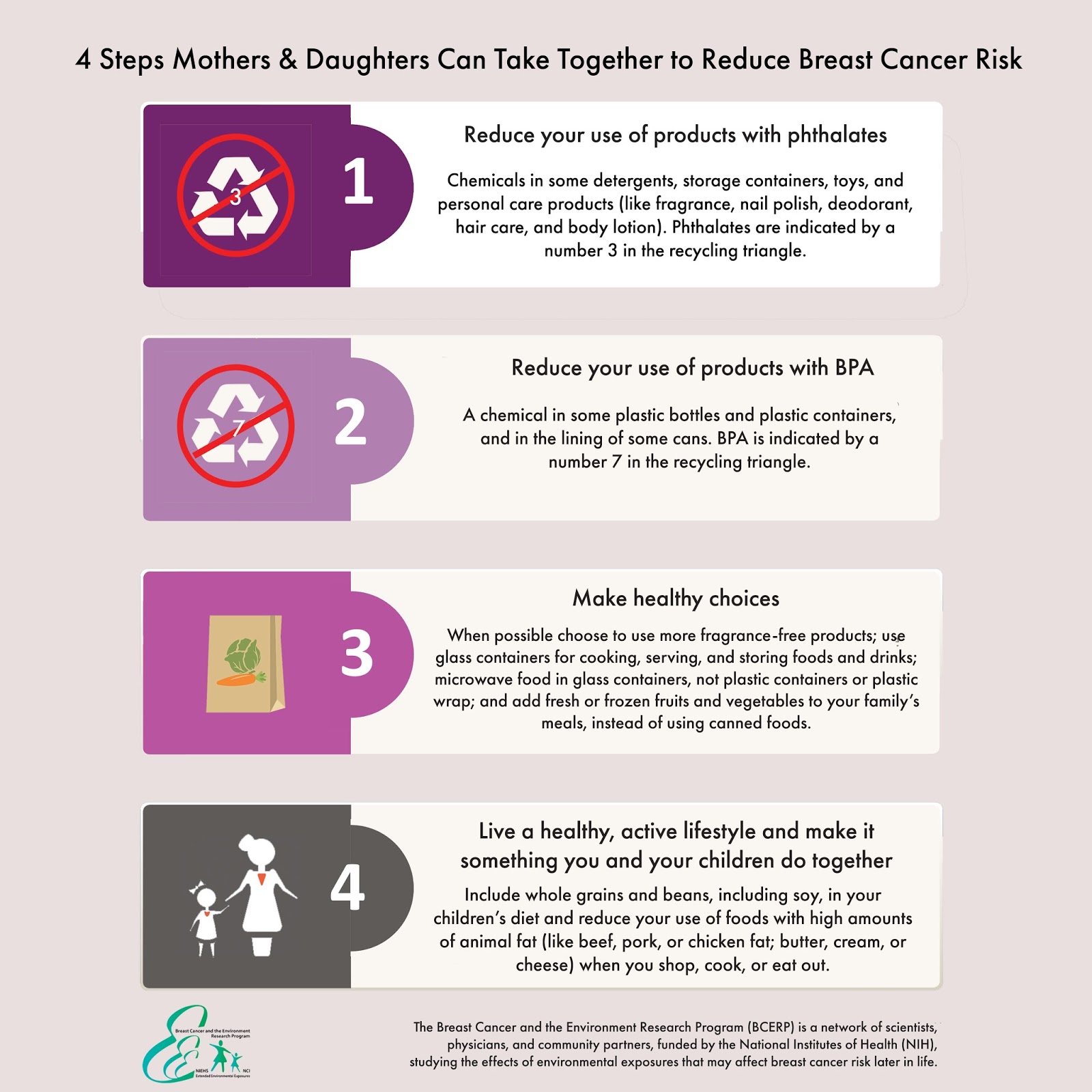It was 2012, I was 35 years old and had just given birth to my daughter a few months earlier, when I felt what I thought was a lump in my breast while breastfeeding. My first thought was “I might have breast cancer”, and immediately made an appointment to see my doctor.


While I was scared to have a mammogram while breastfeeding, my doctor reassured me that it was perfectly safe, and I wanted to be sure that everything was ok. I was 35 years old when I had my very first mammogram and everything turned out ok. Now there were a few other reasons why I was worried. See, I have a family history of breast cancer. I have had aunts and a grandmother who died from breast cancer, so it was very worrisome, and I would rather be safe than sorry. While I’m writing this post, I recently had another mammogram and I’m currently awaiting my results.
As a mother of daughters, especially daughters that share my DNA, I want them to know that they are at risk, but there are ways for our to reduce our risk together. So how can we reduce our risk of breast cancer. Here are five easy ways.

Limit alcohol use
If you can avoid alcohol altogether then that would be great, but the less you drink the lesser your risk of developing breast cancer, which means that the more you drink, the greater you are at risk.
Monitor weight
Being obese or overweight increases your risk of breast cancer, so monitoring and controlling your weight will reduce your risk.
Exercise
Being active and exercising will help you in control and maintain a healthy weight, which helps to reduce your risk for breast cancer. It’s a lot easier to exercise than you think. Just taking a brisk walk or jog around the neighborhood can give you a start.
Eat a healthy diet
Try and eat as much fresh products as you can. Try feeding your family fresh fruits and vegetables instead of canned goods and include grains and beans in your diet. Also try avoiding foods with high animal fat content.
Use BPA and phthalates free products
Try to avoid products with phthalate in the ingredients, and any product containing BPA. Plastic containers with the number 7 in the recycling triangle often contains BPA, and containers with the number 3 in the recycling triangle contains phthalates, so avoid them.

Scientists, physicians, and community partners in the Breast Cancer and the Environment Research Program (BCERP), which is supported by the National Institutes of Health (NIH), study the effects of environmental exposures on breast cancer risk later in life. They created a mother-daughter toolkit mothers can use to talk to daughters about steps to take together to reduce risk.

Remember that you are usually the first to realize changes in your breast, so be vigilant. If you notice any changes, such as lumps, be sure to speak with your doctor. You should also ask your doctor when is the best time to start your mammogram based on your personal and family history.
If you’ll take just a few minutes of your time to complete this survey we would really appreciate it. You’ll also have the chance to win one of 5 Visa gift cards valued at $100. The survey will help researchers better understand your perceptions of the breast cancer information I shared with you today. Thank you.
